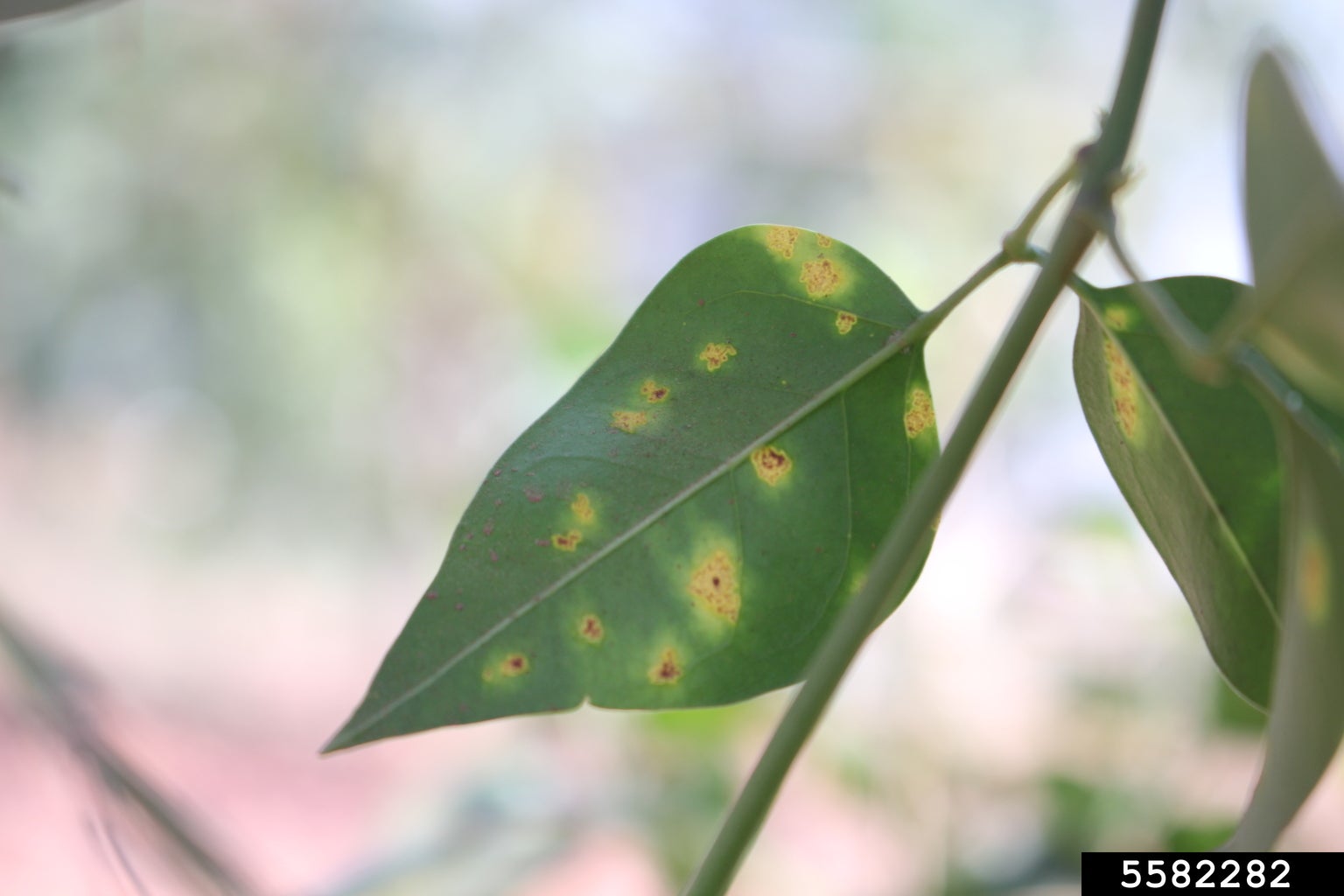Jasmine Plant Problems: How To Treat Common Diseases Of Jasmine


Jasmine flowers bear the intoxicating fragrance familiar to us from perfumes and finely scented toiletries. The plants have an exotic appeal with starry white flowers and shiny leaves. The plants may be grown outdoors or indoors and are fairly easy to grow.
However, jasmine plant problems do exist and it is important to be able to identify them. Disease in jasmine plants is easily recognizable and usually the result of cultural issues and easily corrected.
Disease in Jasmine Plants
Jasmine plant problems do not occur very frequently, and the plant thrives if it receives attention that mimics its tropical to sub-tropical native region. Jasmine diseases can threaten the foliage, roots, flowers and overall health of the plant.
Sometimes they are the result of excess moisture in overly warm conditions; sometimes an insect vector is the cause. The variety of common diseases of jasmine is as broad as it is in any plant, but the first step to diagnosis is to ensure you are giving proper care.
Common Diseases of Jasmine
Once you are sure the soil type, lighting, heat level, nutrient and moisture acquisition needs of your plant are all being met, it is time to investigate other causes of jasmine plant problems. Foliar problems are common with jasmine plants because they like to live where temperatures are warm and slightly humid. These conditions are most favorable for a variety of fungal diseases.
The most common diseases of jasmine are blight, rust and Fusarium wilt, all of which affect numerous other varieties of plants. These are primarily diseases of the leaves and stems which leave necrotic areas, discolored halos or patches, wilted leaves, streaked stems and occasionally spread to young vegetation.
Treating jasmine plant diseases from fungal issues requires a fungicide or baking soda and water spray. Prevention is more crucial because once the fungal spores are active, they are difficult to get rid of. Avoid overhead watering and allow plenty of circulation around the plant to help reduce the chances of fungal issues.
Sign up for the Gardening Know How newsletter today and receive a free copy of our e-book "How to Grow Delicious Tomatoes".
Root knot galls also cause leaves to drop and discolor but mostly this is due to the damage of the nematodes, which are munching away on their roots. The larvae are very difficult to remove once entrenched but you can try a soil drench with an appropriate insecticide. Otherwise, only buy resistant varieties of jasmine.
Treating Jasmine Plant Diseases
Step one in combating any disease is to isolate affected plants. Step two requires the removal of damaged and diseased plant parts. This includes picking up dropped leaves. In the case of potted plants, installing the jasmine in a clean, sanitized pot with fresh soil will often prevent further fungal spores from damaging the leaves.
Then follow proper water and cultural practices to prevent further common diseases in Jasmine. In ground plants are a bit more difficult, but you can dig around the plant and put in fresh soil or completely remove it and wash off the roots and replant it in a newly amended site.
Use Neem oil sprays for any insect issues, fungicides or a mixture of baking soda and water to combat fungi and correct cultural care to promote the health of the plant and help it recover its beauty.

Bonnie Grant is a professional landscaper with a Certification in Urban Gardening. She has been gardening and writing for 15 years. A former professional chef, she has a passion for edible landscaping.